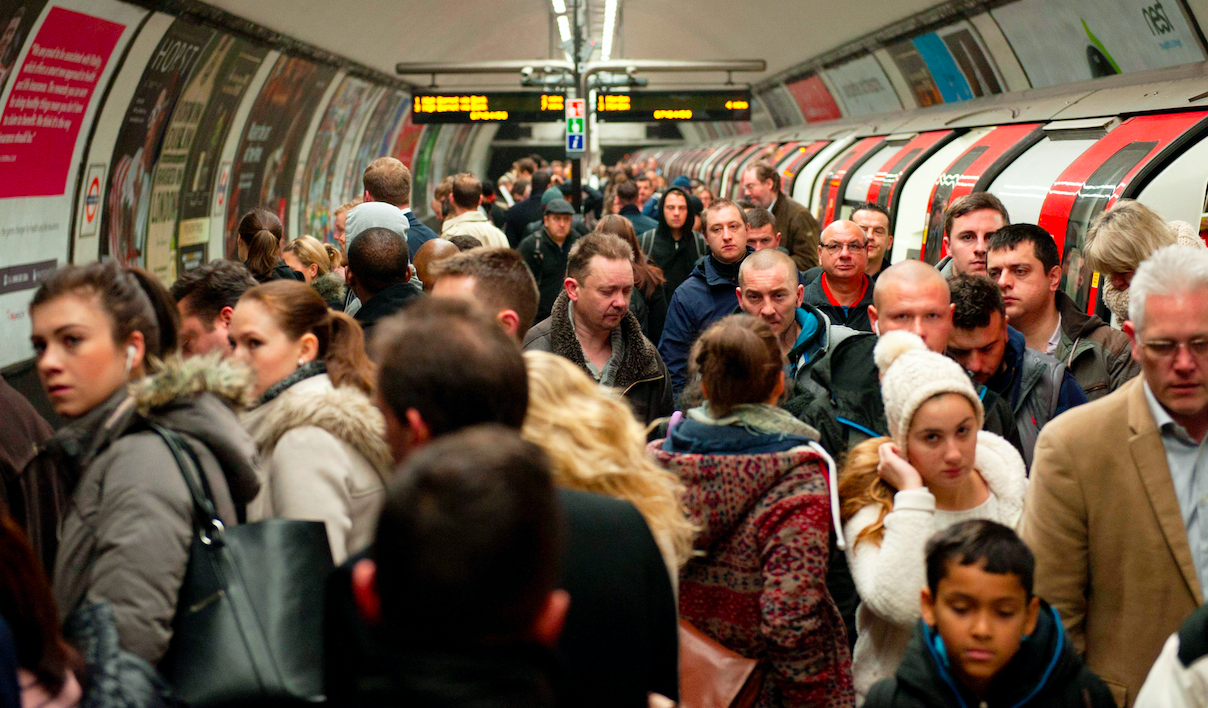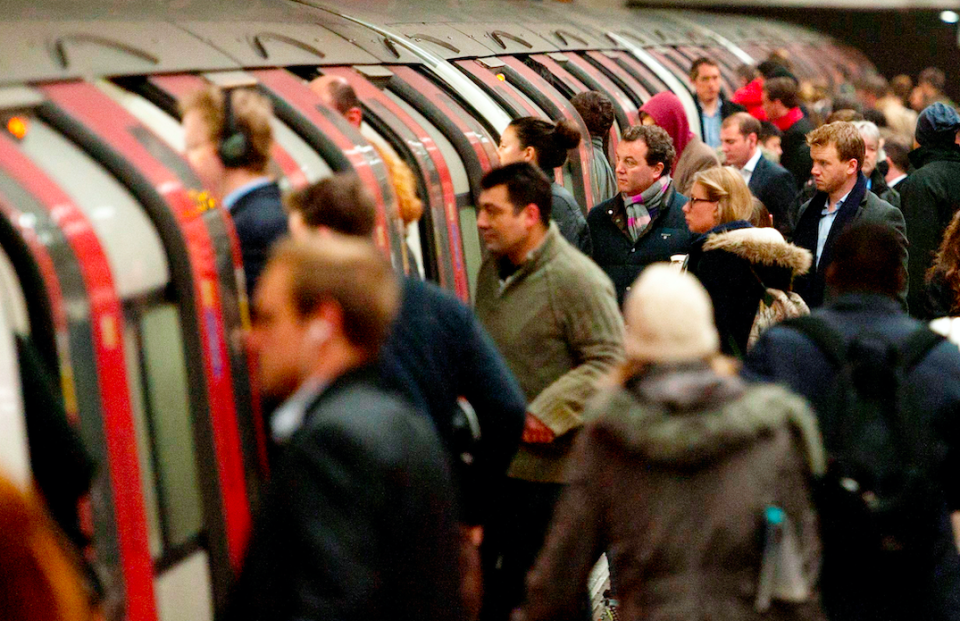Air pollution on London Underground '15 times worse than above ground'

Air pollution on London’s tube network is around 15 times greater than it is at ground level, a comprehensive study has found.
Researchers from King’s College London carried out a survey of “particulate” air pollution on the tube, evaluating the exposure of people travelling on different parts of the London Underground.
They found that concentrations of fine particles – known as PM2.5 and linked to many health issues – were far greater on the Underground than in other modes of transport, such as taking the bus or driving.
The study also found that the median concentrations recorded on the Victoria and Northern lines – the most polluted on the network – were greater than any recordings taken on subway systems in New York, Los Angeles, Beijing, Guangzhou, Sydney, Seoul and Barcelona.
The stations with the most exposure to the particles, and where the researchers are most urgently urging the authorities to intervene, were Oxford Circus, Waterloo and London Bridge.

The District line and the Docklands Light Railway, large sections of which are above ground, were the lines with the lowest concentration of particulate pollution.
Lead author Dr David Green, senior research fellow in the School of Population Health and Environmental Sciences at King's College London, said: "The results show that they can be some of the highest concentrations [of PM2.5] they will encounter during their day.
"Currently, our understanding of the health effects of air pollution is based on measurements taken by fixed measurement stations above ground.
Read more from Yahoo News UK:
Mexico installs ‘robotic trees’ to tackle air pollution
5 things you didn’t realise air pollution could impact
Air pollution kills more than 20,500 people every year in the UK
“Clearly these don't represent what people are exposed to as they travel on the Underground and these new measurements will help us improve these assessments."
On average, the London Underground handles 2.8m passenger journeys each day, with an average journey lasting 47 minutes.
Inhalation of particulate pollution is understood to have adverse health impacts including heart disease, stroke and lung cancer.

However, the relative toxicity of PM2.5 in subway environments compared to above ground remains poorly understood.
Dr Green added: "There might be ways to reduce your exposure such as switching to an alternative line with lower concentrations of PM2.5, or for shorter journeys it might be possible to switch to alternative modes of transport.”
The study, which was published last month in the journal Environment International, was carried out in collaboration with Transport for London, which is conducting an investigation into improving the air quality on the tube.

 Yahoo News
Yahoo News 

